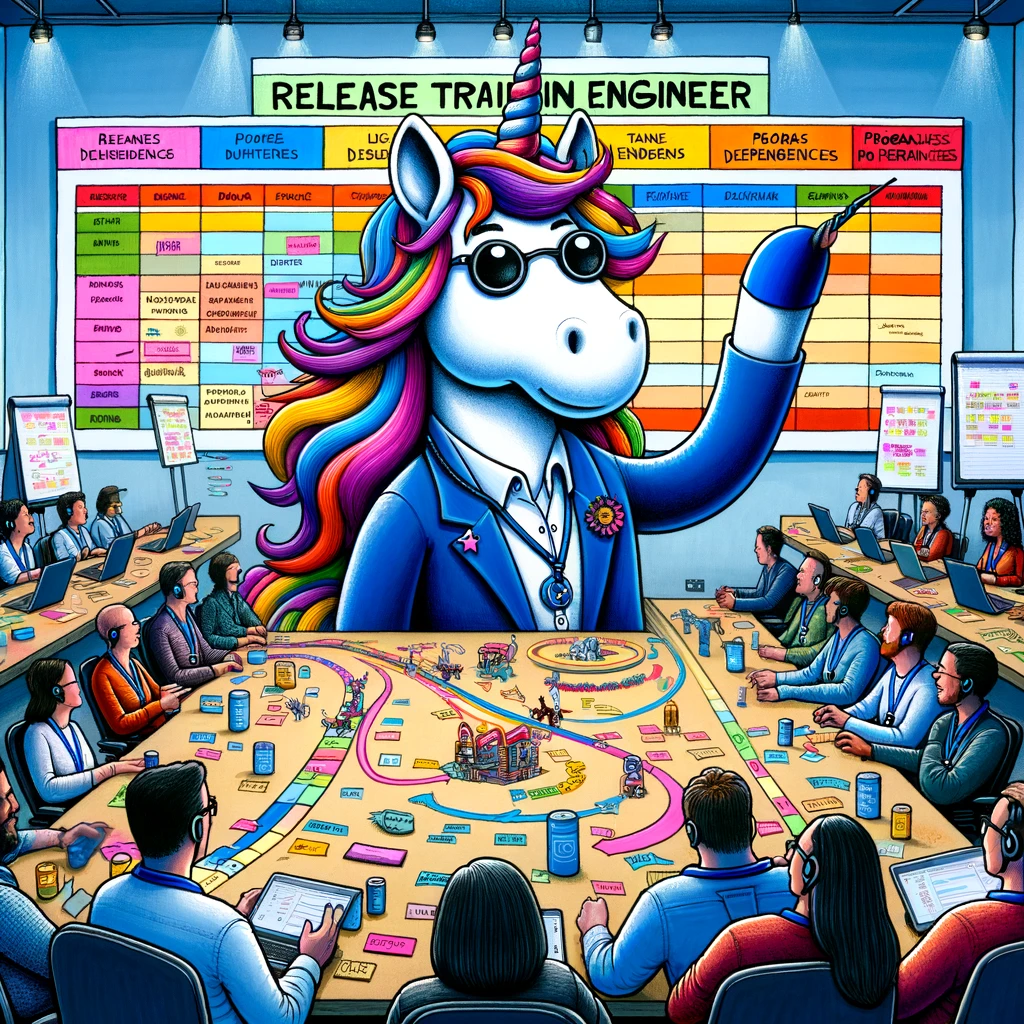- SAFe Training
- Choose a Course
- Public Training Schedule
- SAFe Certifications
- Do not purchase
- Advanced Scrum Master
- SAFe for Hardware - Limited Release
- Advanced SAFe Practice Consultant
- Implementing SAFe 6.0
- Leading SAFe 6.0
- SAFe 6.0 Lean Portfolio Management
- SAFe 6.0 Release Train Engineer
- SAFe 6.0 Agile Product Management
- SAFe 6.0 for Architects
- SAFe 6.0 Scrum Master
- SAFe 6.0 DevOps
- SAFe 6.0 Product Owner/Product Manager
- SAFe 6.0 for Teams
- SAFe 5.1 Advanced Scrum Master
- Agile Marketing with SAFe
- SAFe 5 for Government
- SAFe 5 Agile Software Engineering
- SAFe Micro-credentials
- Leading in the Digital Age
- Agile HR Training
Advice on Taking SAFe Certification Exams and retaining classroom learning
Updated February 2024 to reflect SAFe 6.0 updates.
It may not feel like it, but SAFe Certification exams are not designed to trick you! That said, they certainly can be tricky, so I thought I would share some advice to help you maximise the likelihood of you passing the first time.
Before the class
Do the pre-work
Your instructors should send you the recommended pre-reading before the start of the class. We usually send this out 2 to 3 weeks before the first day of class. If you didn’t receive this from your instructor - ask for it! It is important that you do the reading. Especially if you are new to SAFe (or Agile).
Reading material before taking a training class is an example of “priming”. According to Training From the Back of the Room thought leader Sharon Bowman: “Neuroscientific studies have shown that the human brain will accept new information more readily when it has been “primed” beforehand, that is, when it has been introduced to some of the information in informal, non-threatening ways before the more formal instruction takes place.”
If you are new to SAFe (or Agile) we also recommend completing the online eLearning models on the SAFe Community Portal. Your instructors should provide you with access to this ahead of the class.
Get a good night’s sleep
Contrary to popular belief, the brain does not rest when we sleep, well not much anyway. Instead, it is processing information i.e. learning. While scientists are still learning how sleep works, the data is clear - there is a hard link between sufficient sleep and retaining learning.
During the class
Remove distractions
There are innumerable studies that illustrate how distractions impede learning. While there are always exceptions, try to minimise distractions while in class. Close all of your email apps, turn off your phone and if working from home close the office door if you can. As much as you might think it can, your brain cannot multitask. Not convinced? Just think about the studies on using your cell phone when driving - it is the equivalent of driving when drunk.
Move around on breaks
In Brain Rules: 12 Principles for Surviving and Thriving at Work, Home and School, Jon Medina says “Physical activity is cognitive candy.” The instructor for your class should tell you how breaks will be managed; what the frequency will be, how long etc. Take advantage of them! Movement increases oxygen to the brain. The more you sit, the lower the level of oxygen in your brain and the more difficult it will be to learn.
Participate in class activities
Many years ago, I went on a Coaching Agile Teams course led by Lyssa Adkins and Michael Spayd. In that class, Michael shared with us the 10-24-7 rule. The rule says “that in order to get information to go from short term memory to long term memory, a new concept must be practised within 10 minutes of learning, again within 24 hours and then again within 7 days.” In a classroom setting the activities, we use when explaining a concept are an application of the “10 minute” part of the rule.
After the class
The SAFe Certification Rules
You have 30 days to take the exam post the class. The exam is online and multiple choice. The exam is time-boxed to either 90 or 120 minutes depending on the certification. Most of the exams require a score between 70 and 77% to pass. You should check the specifics for your course at: https://www.scaledagile.com/certifications/which-course-is-right-for-me/
One attempt is included in the course fee which means there will be a fee payable to Scaled Agile, Inc. if you need to retake the exam.
Apply what you have learnt
Practising what you have learnt is an excellent way to improve both retention and understanding. To quote Scaled Agile, Inc. “It’s more than being book smart. Scaled Agile exams test specific knowledge, skill, experience, and attitudes related to each SAFe job role.”
Study for the exam
Most Scaled Agile exams are deliberately designed in such a way that you need to both take the class and read a number of articles on www.scaledagileframework.com, therefore not doing the reading is a recipe for failure. Your study regime should include reviewing the course materials, the suggested readings in the study guide and taking the practice exam. A student in our August Implementing SAFe class found that reading SAFe 5.0 Distilled was “great for revision and some of that "not in the manual" stuff.”
The practise exams are designed to be indicative of the actual exam with respect to the balance of questions across subject areas. They also provide you with results to help you focus your study efforts to improve. Some folks find the practice exams easier than the real exams, and others find the real exams easier than the practice exam. Either way, we recommend taking the practice exam until such time as you pass materially.
Studying for the exam within 7 days of the class will increase your retention of the material, as per the 10-24-7 rule mentioned above.
Ask yourself - “What would Dean do?”
Be cognizant of the differences between the courseware and the conversation in the classroom. Good SAFe instructors will provide you with a multitude of examples, illustrations and stories from their experiences. It is likely that you will also hear stories from other members of the class about how SAFe is applied in their organisation. While this will certainly aid you in the practicalities of applying SAFe, the exams are based on the material in the course workbooks and the Scaled Agile website. If all else fails, just ask yourself - What would Dean Leffingwell do?
Take the exam within 10 days
Scaled Agile, Inc. have indicated that their internal data shows that if you take the exam within 10 days of the class you are more likely to pass.
Focus while sitting the certification exam
All Scaled Agile certification exams are timeboxed. Once the timebox begins you cannot stop or pause it. So find yourself a quiet space in which to sit, away from family, pets and housemates and make sure you have a good strong internet connection. Then focus. Read the question carefully. It is easy to make silly mistakes when you skim read specific terms like “program”, “portfolio” and “product”.
________
However you choose to prepare, best of luck on your exam. When you pass, remember to claim your digital badge and update your LinkedIn profile. You may also like to drop your instructor a note as Scaled Agile does not share specific student results with instructors. I know that we enjoy hearing from students when they pass their exams, so that we can help them celebrate their success.
















